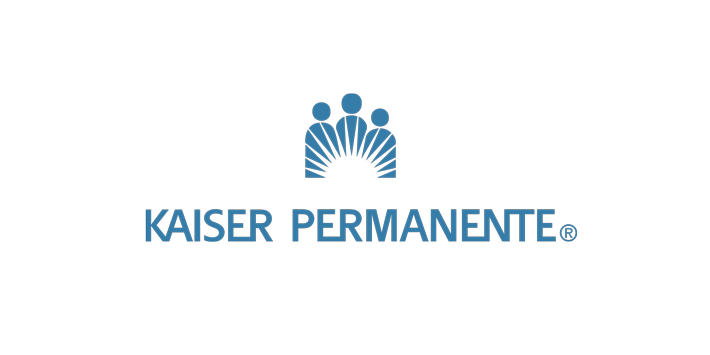
By Sean Powell, MD, a practicing family medicine physician in the San Diego-based Southern California Permanente Medical Group and Director of Medical Education for The Permanente Federation
In medical school and residency, the acquisition of new knowledge and its application to patient care was the best part of the experience. It was in these moments that we made our transition from student to doctor. Hours of study and tests were worth it in that moment when we learned how to help make our patients better. Even though I am attending now, learning a new technique, trick, or clinical pearl still feels as exhilarating as it once did and makes me excited to use my newfound wisdom to make people better.
As Director of Medical Education for the Permanente Federation, I oversee the ABMS Multi-Specialty Portfolio Program™ (Portfolio Program) for eight Permanente Medical Groups whose physicians provide care to more than 12.2 million members. I strive to pay forward that sense of exhilaration and empowerment to participating physicians. We have been a Portfolio Program sponsor since 2011. To date, we have more than 130 ongoing quality improvement initiatives and more than 5,000 physicians have completed projects for Maintenance of Certification (MOC) credit.
One recent MOC activity aimed at reducing the number of patients on high dose opioid prescriptions was developed by leadership in San Diego. They noticed that too many patients were on chronic, high dose opioids (defined as >100 milligram equivalents of morphine daily), and therefore at high risk of medicine-related adverse events. Like this one, many of our activities originate at the local level and are aligned with national quality goals. The activity was a huge success, resulting in cutting the number of patients on high dose opioids in half during a two-year period. It helped the organization close a care gap and the participating physicians gained better opioid prescribing practices and received MOC credit for the work they put in.
Quality improvement activities are being added all the time as new care gaps are identified and new metrics are discovered. A new activity from Colorado is using a computer program to search our medical records and identify the percentage of patients with depression who are being assessed with the PHQ-9, a standardized tool for assessing depression. One of our new goals is to design an activity in which physicians in all of our geographic locations can participate and improve our national performance.
The biggest benefit of being a Portfolio Program sponsor is that when we notice a care gap or deficiency, we can design activities that are based on our organization’s specific goals. Due to the integrated nature of our organization, care gaps can be identified at multiple levels, across the continuum of care. It gives us a valuable tool to drive improvement in our organization. When planning and executing these activities, it’s important to ask ourselves if they will empower physicians and then design the activities in ways that will achieve this goal.
I believe that linking learning to practice and engaging in lifelong professional development in medicine, especially the kind that is facilitated through a well-designed and engaging MOC activity, can improve patient care and is empowering and invigorating for those involved. At least that’s what the physicians tell me.
Read the Latest Issue of the ABMS Insights Newsletter
Subscribe to ABMS Insights Newsletter
Read more Portfolio Program Sponsor Spotlights
